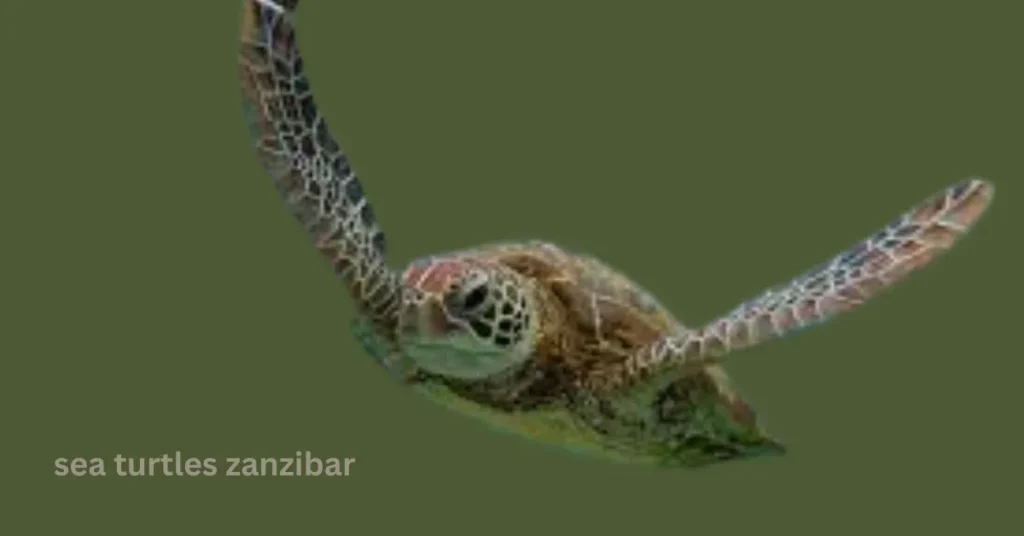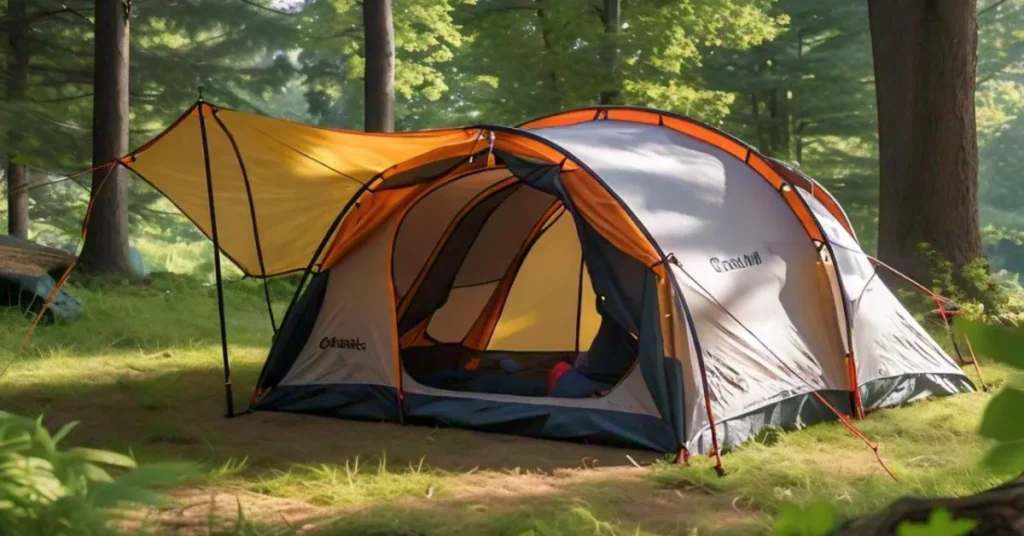Zanzibar, a stunning Tanzanian island in the Indian Ocean, offers travelers an extraordinary opportunity to encounter the majestic sea turtles that grace its turquoise waters. Nestled along pristine beaches and protected conservation areas, these gentle marine creatures capture the hearts of visitors year-round. Whether it’s swimming alongside them, supporting local conservation efforts, or understanding the delicate ecosystem they inhabit, sea turtles in Zanzibar offer an experience like no other. Here’s a comprehensive guide to engaging with these enchanting animals while fostering a deep respect for their environment.
Sea Turtles in Zanzibar
Sea turtles have become one of the major draws for eco-tourism in Zanzibar, attracting wildlife enthusiasts, divers, and marine conservationists from around the world. These ancient reptiles, dating back over 100 million years, play a critical role in marine ecosystems and are a key highlight for those exploring the island’s rich aquatic life. Zanzibar’s calm, clear waters and commitment to turtle conservation make it an ideal destination for turtle lovers.
Types of Sea Turtles Found in Zanzibar
Several species of sea turtles frequent Zanzibar’s waters, most notably the green and hawksbill turtles. Green turtles, named for the greenish hue of their body fat, are herbivores and play a significant role in maintaining healthy seagrass beds. Hawksbill turtles, with distinctive pointed beaks and vibrant shells, are crucial to coral reef health as they help control sponges and other invertebrates that compete with coral. Both species are listed as endangered, making conservation efforts in Zanzibar critical.
Key Spots for Swimming with Turtles
While turtles can be observed across Zanzibar, two main locations provide structured experiences for visitors to swim and interact with these creatures ethically and safely.
Baraka Natural Aquarium
Located in Nungwi, Baraka Natural Aquarium offers a natural lagoon where turtles are rehabilitated and cared for. Rescued from fishing nets or brought in due to injuries, these turtles can recover here until they are ready to be released. Visitors can enter the lagoon with snorkeling gear and witness turtles in a semi-natural setting while learning about their rehabilitation.
Mnarani Marine Turtle Conservation Pond
Also in Nungwi, the Mnarani Marine Turtle Conservation Pond is a community-driven initiative focused on preserving Zanzibar’s sea turtles. This conservation pond shelters rescued turtles and nurtures hatchlings from eggs collected by local residents. Each February, the facility holds a public release of rehabilitated turtles, allowing them to return to the ocean. This annual event has become a heartfelt experience for both locals and tourists.
Discovering Zanzibar’s Beaches with Turtle Sightings
Some of Zanzibar’s best beaches also serve as informal turtle-watching spots where, with some luck, one might spot a turtle basking or feeding near the shore.
Nungwi Beach
Known for its powdery white sands, Nungwi Beach is a hotspot for those hoping to catch a glimpse of sea turtles in their natural habitat. Turtles often swim close to the shore, making it a great location for snorkeling and casual observation.
Kendwa Beach
Located just south of Nungwi, Kendwa Beach offers clear waters ideal for spotting sea turtles, especially during high tide. This beach provides excellent opportunities for snorkeling, and local guides can direct visitors to areas where turtles are often seen.
Mnemba Island Reefs: Snorkeling with Turtles
For a more secluded turtle experience, the coral reefs around Mnemba Island offer some of the best snorkeling opportunities. Just a short boat ride from Zanzibar’s main island, Mnemba’s reefs are home to a variety of marine life, including turtles. Though sightings aren’t guaranteed, the vibrant underwater landscape makes it a rewarding excursion regardless.
Conservation Efforts in Zanzibar
Zanzibar’s marine life faces numerous threats, from plastic pollution to fishing nets. Conservation organizations work tirelessly to protect and rehabilitate sea turtles and other marine species. The Mnarani Marine Turtle Conservation Pond and Baraka Natural Aquarium are just two examples of community-driven conservation in action. By supporting these initiatives, visitors can help protect turtle habitats for future generations.
Turtle Nesting Seasons and Viewing Etiquette
Sea turtles lay their eggs along Zanzibar’s shores during specific seasons, with nesting peaks generally occurring between March and July. Respecting turtles’ space, especially during nesting, is essential. Observing from a safe distance, avoiding flash photography, and keeping noise levels low can prevent disturbances to the turtles.
Responsible Wildlife Tourism: Guidelines to Follow
For those hoping to encounter turtles in Zanzibar, following respectful guidelines enhances the experience for both visitors and the turtles. Avoid touching or chasing the turtles, as these actions can cause stress and potentially lead to harmful situations for both the turtle and the observer. Allowing the turtles to approach naturally is key.
The Environmental Impact of Turtle Tourism
The rise in turtle tourism has led to economic benefits for Zanzibar but also brings environmental risks if not managed properly. Overcrowding and waste pollution threaten the habitats of these fragile creatures. Many conservation centers emphasize eco-friendly tourism practices to balance the benefits of tourism with the health of Zanzibar’s marine environment.
Safety Tips for Swimming with Sea Turtles
Swimming with turtles is an unforgettable experience, but safety is paramount. Strong swimming skills, adherence to guides’ instructions, and wearing protective gear (like life vests and snorkeling masks) are recommended. It’s wise to avoid strong perfumes or lotions, as these can harm the turtles and other marine life.
Supporting Local Turtle Conservation Projects
Visitors can further aid in conservation by contributing to local projects. Purchasing eco-friendly souvenirs, participating in beach clean-ups, or even sponsoring turtle adoptions can make a lasting impact on Zanzibar’s turtle population and overall marine health.
Best Times of Year to Visit Zanzibar for Turtle Sightings
While turtles can be seen throughout the year, the best times for close-up encounters are during the nesting season from March to July and the release events in February. Timing a visit during these peak months increases the chances of witnessing nesting, hatching, and even rehabilitated releases.
Tips for Photographing Sea Turtles Responsibly
Taking photos of turtles can capture beautiful memories, but respecting their environment is key. Avoid using flash as it can startle and stress the turtles. Underwater cameras should be used from a safe distance, and photographers should aim to capture the turtles’ natural behavior without disturbing them.
Other Marine Life to Explore While Visiting
Beyond turtles, Zanzibar’s waters are rich with diverse marine life. Dolphins, colorful reef fish, and unique corals all contribute to a vibrant underwater ecosystem. Exploring these waters offers insight into the interconnected lives of these species and how conservation efforts protect the entire marine environment.
Conclusion
Zanzibar’s sea turtles bring a unique blend of wonder and responsibility to its visitors. The experience of swimming alongside these gentle creatures or observing them from a respectful distance creates memories that last a lifetime. But more importantly, it fosters a deeper appreciation for marine conservation. Each visit helps support the preservation of Zanzibar’s natural heritage, ensuring that sea turtles continue to thrive in these turquoise waters for generations to come.
FAQs:
Where can someone swim with sea turtles in Zanzibar?
Baraka Natural Aquarium and Mnarani Marine Turtle Conservation Pond in Nungwi are the primary locations that offer structured and ethical turtle experiences.
What types of turtles are found around Zanzibar?
Zanzibar’s waters host mainly green and hawksbill turtles, both crucial to the region’s marine ecosystems.
Is it safe to swim with sea turtles?
Yes, it’s generally safe, provided that guidelines are followed. Avoiding direct contact and respecting the turtles’ space ensures a safe encounter for both visitors and turtles.
When is the best time to see turtles in Zanzibar?
The best time for turtle sightings is from March to July during the nesting season, with February being ideal for witnessing the release of rehabilitated turtles.
How can tourists support turtle conservation in Zanzibar?
Tourists can support conservation by donating to local projects, participating in eco-friendly tourism, and choosing ethical experiences like those at Baraka Natural Aquarium and Mnarani Conservation Pond.


